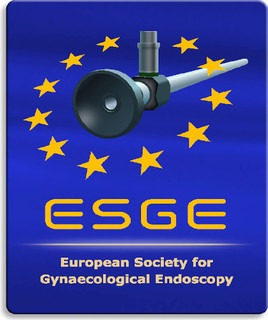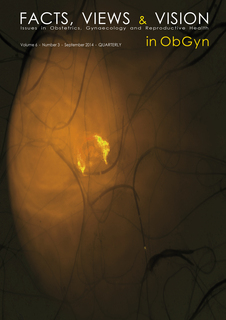Issues arising when crossing a border to give birth: an exploratory study on the French-Belgian border
Cross border care, birth, mothers’ experience, qualitative study, European cross border legislation
Published online: Sep 30 2014
Abstract
Background: Anecdotal evidence suggests that many organised initiatives for cross-border collaboration in healthcare in border regions originate from the need for women to give birth close to home. Despite this, there is remarkably little research on these practices and the specific modes of collaboration between providers and experiences and needs of these women. In this paper we describe the experiences of French women who choose to give birth in Belgium.
Study design: We conducted semi-structured interviews with 14 key informants and captured the experiences of 14 French mothers using a 40-item questionnaire.
Results: The chief motivations for French mothers to cross the border to deliver a baby in Belgium were geographical proximity as well as perceived better quality of care. Several procedural differences between France and Belgium were highlighted as possibly affecting the quality of follow-up care, including the absence, in some cases, of a contact person in France, and communication problems between providers.
Conclusion: There is a tension between the testimony of patients who are clearly satisfied and evidence of problems in communication and weak collaboration between providers on either side of this cross border collaboration. This paradox requires more research efforts to generate clear evidence of the added value of these cross-border collaborations for patients.



